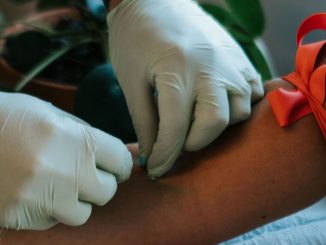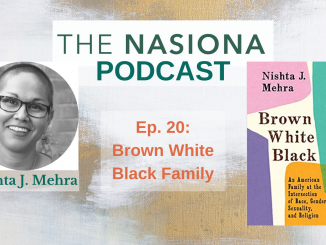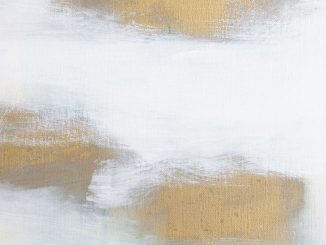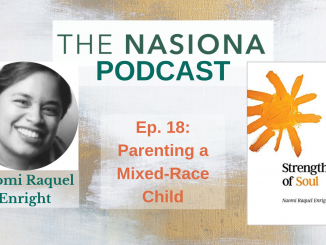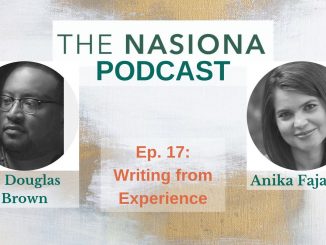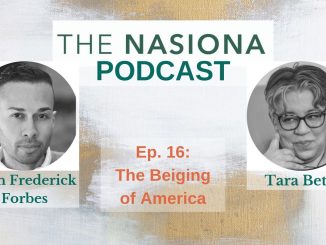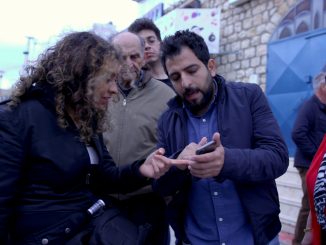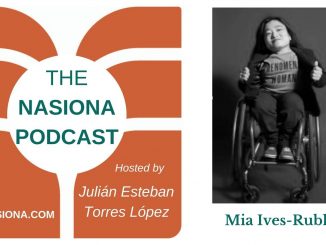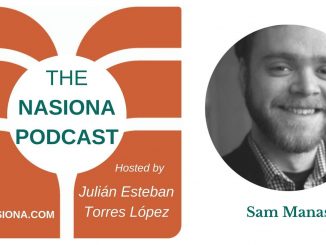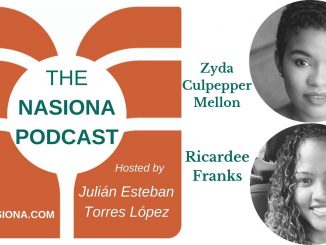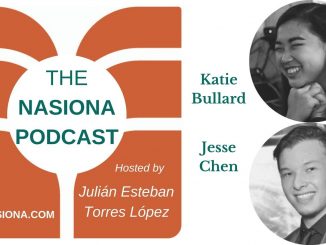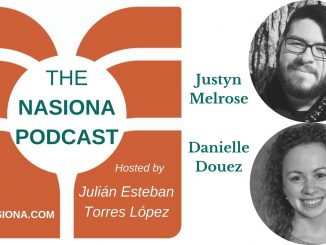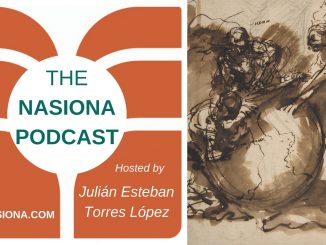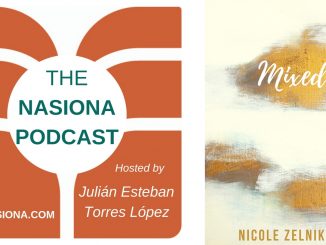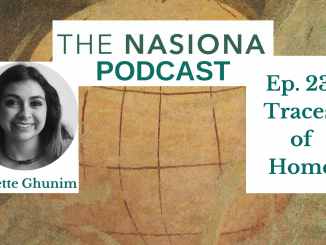
Episode 23: Traces of Home
Filmmaker Colette Ghunim on her first feature-length documentary: “Traces of Home tells the story of what happens when we as first-generation Americans go back to our roots to find out how where we come from shapes our identity. Through Traces of Home, I am telling my own personal story. I’m half Mexican and half Palestinian and both my parents were forced to leave their homes as children, and they both never returned since then. So through my film, we’re going back to Mexico and Palestine to try to find the original houses and to talk about why people are leaving and immigrating and why refugees are leaving as well, during a time when we need to hear it the most.” […]
